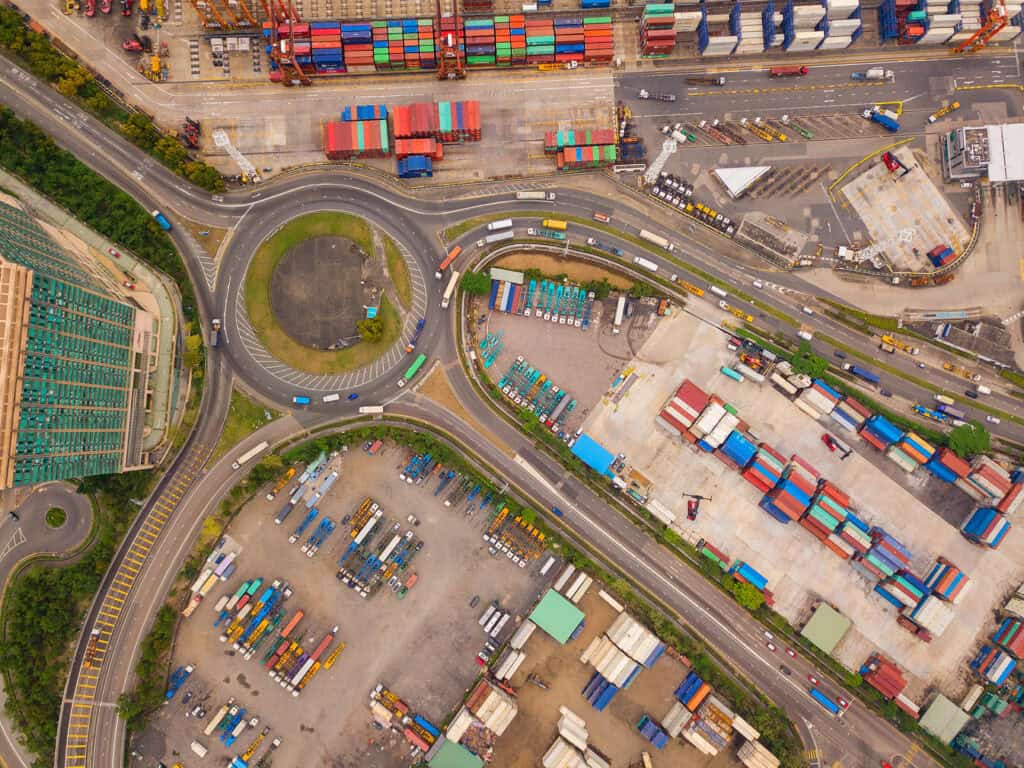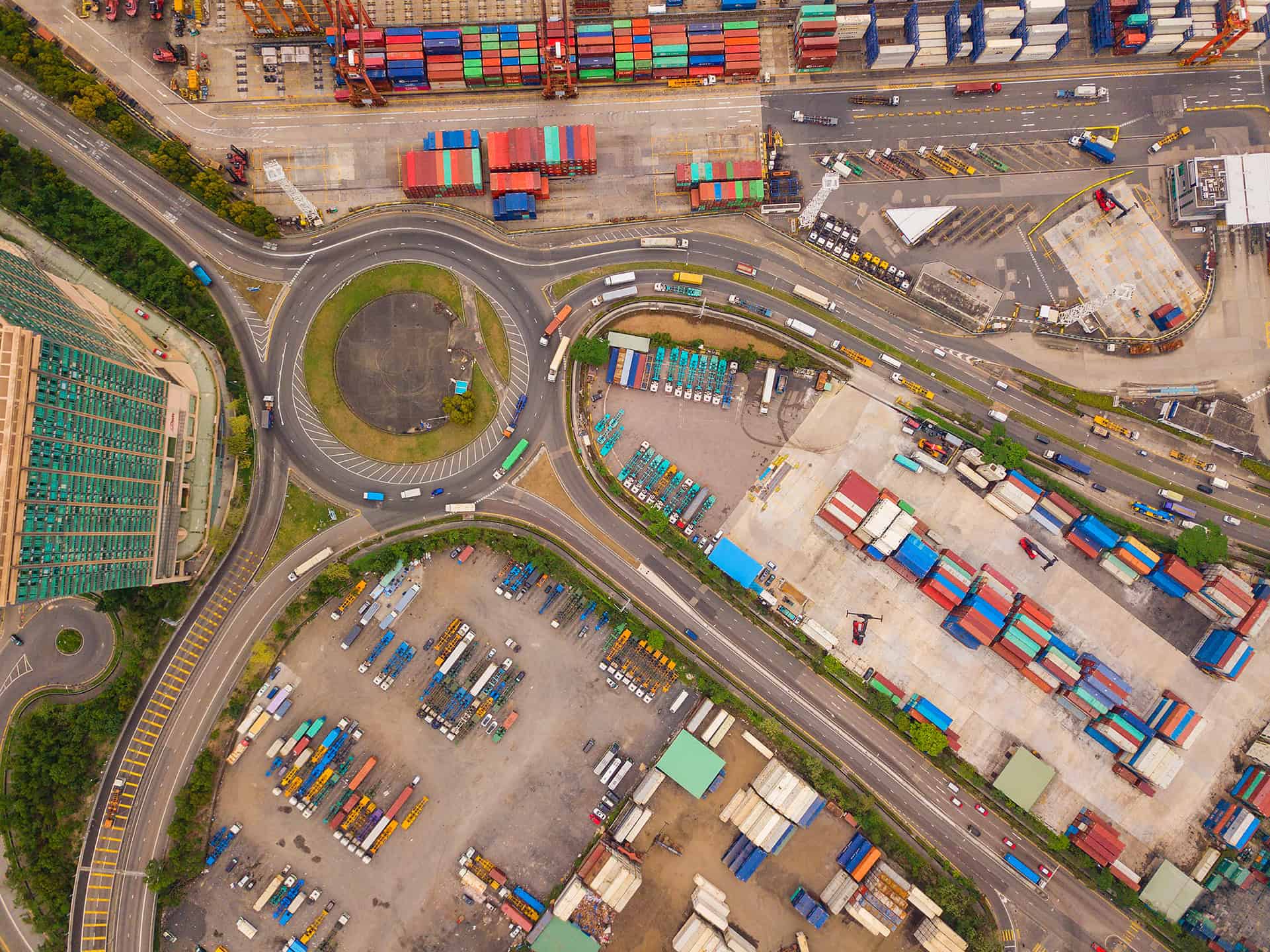
Key takeaways
- China’s extraterritorial regulations now extend beyond its borders, impacting foreign companies worldwide
- These laws cover export controls, anti-foreign sanctions, and strict data security requirements
- High-risk industries include semiconductors, aerospace, automotive, biotech, and any sector relying on Chinese-origin materials
- Immediate actions needed: strengthen compliance frameworks, diversify suppliers, implement robust data governance, and prepare contingency plans
The new reality of Chinese regulatory reach
China is rapidly expanding its legal reach to project regulatory power far beyond its borders. This is a response to internal political and economic pressures, and external challenges such as foreign tariffs and sanctions targeting China. China is determined to use the law to defend national interests – economic, political, and military. The result is an emerging extraterritorial regulatory regime that assets jurisdiction over foreign entities and activities outside of China, especially where China’s perceived national security or economic development interests are at stake.
For multinational companies, these laws create a complex multi-geopolitical compliance challenge. Businesses must no longer just navigate Western regulations such as U.S. export controls and EU sanctions. But also, Chinese laws that may directly conflict with or even penalize compliance with those Western measures.
What’s at stake for your business
China’s rapidly evolving regulatory regime poses new compliance and supply chain challenges for multinational companies. It has enacted and continues to enact and enforce sweeping extraterritorial laws and tools – from export (and re-export) controls on products and technologies, to anti-sanction measures and data restrictions – that can directly affect foreign firms’ operations and strategic decisions.
These measures enable China to restrict the exports and re-exports of critical materials of Chinese origin, As if this weren’t challenging enough, China now has the legal right to retaliate against companies complying with foreign sanctions against China, and to control cross-border data flows, even for activities outside China’s borders.
How we got here: The expansion of Chinese export controls
Increasing economic and political tensions between the US and China, are ratcheting up the brinksmanship of global trade policies. Export control laws that once primarily applied to a country’s own exports (with some exceptions for US re-export controls, for example), the scope and span have grown exponentially over the last few years.
The US model of export controls
Historically, US export control law, up to very recently, included regulations focusing on re-exports of products containing a certain percentage of US origin goods. Such products weren’t necessarily banned from being traded; they were simply subject to the same export restriction as US origin goods.
China’s extraterritorial laws: What you need to know
China has taken a different approach, enacting key extraterritorial regulatory framework laws over the last few years to include:
- Export Control Laws – Controls and restricts exports of what China deems to be sensitive goods and technologies worldwide, with reach beyond its territory.
- The Unreliable Entity List and Anti-Foreign Sanctions Law – Enables China to sanction or blacklist foreign entities for actions deemed contrary to Chinese interests, such as complying with foreign sanctions or harming China’s security.
- Restrictions on foreign extraterritorial laws – Various other rules bar Chinese firms from obeying what China determines to be unjustified foreign extraterritorial laws. This puts multinational companies in a tough spot – comply with Western sanctions and face Chinese penalties or vice versa.
- The Data Security Law and Personal Information Protection Law – These laws impose controls on data handling, including cross-border data transfer restrictions and localization requirements. Certain provisions apply to foreign organizations processing Chinese data abroad. They underscore “data sovereignty,” which require that sensitive data (from personal information to important industrial data) be protected within China’s jurisdiction.
- Expanding national security provisions – Continued amendments have broadened the scope of what is considered protected information or technology. Foreign businesses handling such information may find themselves unexpectedly ensnared in compliance mandates. China has also increasingly used informal measures (e.g. rigorous customs inspections, license delays, pressure on domestic firms) alongside formal laws to exert economic leverage.
Why this matters now for global trade professionals: The new status quo
Immediate compliance risks
For companies sourcing from China, with operating in China, or using certain Chinese origin parts or technologies anywhere in the world, their supply chain is now exposed to emerging and frequently changing regulatory laws. This heightens financial, legal, and operational risks.
China’s export licensing and controls on strategic minerals and technologies related to rare earth minerals (recently suspended for one year*), as well as on any materials it believes could potentially have military use, have disrupted global supply chains. The situation is escalating further as China threatens additional restrictions in response to stricter US export controls and punitive tariffs. Meanwhile, companies that cut ties with sanctioned Chinese parties under Western pressure risk being blacklisted by China’s Anti-Foreign Sanctions Law or Unreliable Entity List.
*China has now introduced “general licenses” for exports of rare earths such as gallium, germanium, antimony, and graphite to benefit US end users and their suppliers worldwide. While this eases the outright ban, these licenses can be revoked at any time. In other words, today’s relief could vanish tomorrow, and underscores why companies must keep contingency plans active and maintain compliance readiness. Under China’s export control regime, a general license allows repeated shipments over a set period to pre-approved buyers, but it doesn’t eliminate the risk of sudden policy reversals.
What industries are most at risk
High-tech sectors such as semiconductors, aerospace, rare earths, biotech, automotive and other dual-use industries are particularly exposed. But make no mistake –every industry is truly at risk, especially if they depend on Chinese inputs or market access.
Operational impacts of the extraterritorial laws
On the sourcing side, a supplier’s ability to deliver previously contracted materials may be halted by sudden export license requirements or outright export bans. Raw materials, components, and finished goods that moved license-free before, might be completely blocked today.
Further, a business’ decision to comply with US or EU laws could trigger legal exposure or retaliation from China. Data flows necessary for operations (employee and customer data, R&D collaboration) might be restricted or prohibited by Chinese law.
The multi-jurisdiction challenge
The global supply chain is now subject to multiple jurisdictions’ laws, with whipsaw impacts, and ever-changing regulatory reach across multiple jurisdictions. It’s not only one country’s laws you must navigate, but several, often at odds with each other. More than ever, alternative sources of goods need to be “ready to go” as regulations turn on a dime.
Facilities and operational risk
On the operational side, every “site” in China, be it a factory, office, warehouse, distribution center, etc., might suddenly be prohibited from exporting its output. Consider a facility in China that depends on foreign workers, or even Chinese workers “employed” by a non-Chinese company. How might visa revocations affect your business?
The same applies to data. If the flow is suddenly cut off, what is your contingency plan? Options to quickly substitute with local employees and internal data, where possible, might work in some cases, but there might be NO solution, and suddenly the facility is “offline until further notice.”
A plan to prepare for the temporary or even permanent cessation of Chinese facilities’ operations – at least in the current state – is crucial. A “Plan B” and “Plan C” are critical. Meanwhile, concurrently evaluating the details of these Chinese-based operations: what nationality are the employees? Exactly what types of products are coming out of those facilities? How quickly could you shift operations?
Demand-side compliance challenges
Customer mapping requirements
Many companies are already doing supplier audits and mapping down many “tiers” for compliance with global “Forced Labor” laws. Now companies seeking to sell products with certain Chinese origin goods must do similar legwork on the demand side. This might include submitting technical drawings of every product their customers want to manufacture with Chinese rare earths and describe and verify how these products will move through the global supply chain. So, while previously supply chain mapping was focused on supplier mapping down many tiers, the focus has expended to “customer mapping” down many tiers.
Evolved end use case certificates
What used to be a much simpler “End Use Certificate” (EUC) that many companies obtained during customer onboarding, and perhaps “re-certified” annually, is now critical and much more complicated.
In the US, End Use Certificates have primarily focused on the Enhanced Proliferation Control Initiative (EPCI) and other laws. The goal is to assure that the buyer is the final recipient and will not divert the items to unauthorized end-users or for prohibited activities. However, now they might need to include coverage of additional Chinese product and technology laws.
Expanded anti-boycott screening
And similar to the “Anti-Boycott” screening US companies have been required to do for many years regarding countries’ boycotting of Israel, now anti-boycott screening must be expanded in yet-to-be determined ways to include questions regarding let’s call them “Anti-US / EU Boycott of Certain Chinese Enterprise” laws.
Take action: What you can do now to protect your supply chain
Concrete and immediate steps and action plans are crucial now for all parties to make new and emerging operational measures a core part of all multinational operations. By proactively adapting to China’s new regulatory reality, companies can safeguard supply chain continuity and legal compliance across the EU, US, EMEA, and China.
Strengthen compliance frameworks
Multinationals must strengthen governance, regulatory awareness, and compliance programs. This means making China-specific compliance a core part of your global risk management strategy that’s fully integrated into your operations.
Diversify your supply chain
If your supply chain is heavily dependent on China, diversification can reduce risk related to single-point failure, legal exposure, and it enhances resilience against sudden regulatory changes.
Implement robust data governance
Devise and prepare procedures – both legal and operational – for various contingencies before conflicts arise. Develop clear protocols for:
- Cross-border data transfers
- Data localization requirements
- Emergency data access procedures
- Employee data handling
Educate your broader team
While Global Trade Compliance professionals have always been aware of the impacts of country regulations that restrict (or enhance) trade, this is now a much broader area of concern. Education of everyone involved in the supply chain is critical: Logistics, Procurement, Accounting, Corporate Regulatory Compliance, just to name a few, are all now critical to the successful operation of a global business. More and more employees not technically in the “Global Trade Management” group are being impacted by Global Trade. We are seeing Global Trade morphing into a key – if not the key – operational function. And while “all eyes are on China” more and more all eyes need to be on every country and regime (i.e. the EU) where a sudden regulatory change could upset your company’s entire supply chain.
Training, education and awareness to the daily (sometimes hourly!) changing and increasingly complex web of Global Trade regulations are more important than ever.
Beyond China: The bigger regulatory picture
And while tariffs are on everyone’s mind – and they of immense importance – at e2open we like to say, “Tariffs are just the tip of the (Global Trade Compliance) iceberg” We hope this blog has given you and your company some very important and critical developing regulations and remedies to consider as you navigate the increasingly choppy waters of Global Trade.
Ready to assess your China compliance risk? Contact our global trade experts to learn how you can protect your supply chain from regulatory disruption.
FAQ: China’s extraterritorial regulations and global supply chains
1. What are China’s extraterritorial regulations?
These are laws that extend China’s jurisdiction beyond its borders, impacting foreign companies’ operations, exports, and data handling when Chinese interests are involved.
2. Which industries are most affected?
High-tech sectors such as semiconductors, aerospace, automotive, biotech, and any industry relying on Chinese-origin materials or technology are at highest risk.
3. How do these laws impact global supply chains?
They introduce new compliance challenges, including export license requirements, anti-sanction penalties, and data localization mandates, which can disrupt sourcing and operations worldwide.
4. What steps should companies take now?
Diversify suppliers, strengthen compliance frameworks, implement robust data governance, and prepare contingency plans for sudden regulatory changes.
5. What are the penalties for non-compliance?
Penalties vary but can include export bans, license revocations, blacklisting, operational shutdowns, and significant financial penalties.
6. How can technology help manage compliance?
Platforms like e2open provide visibility, risk management tools, and multi-tier supplier mapping to help companies anticipate disruptions and maintain compliance across global networks.




